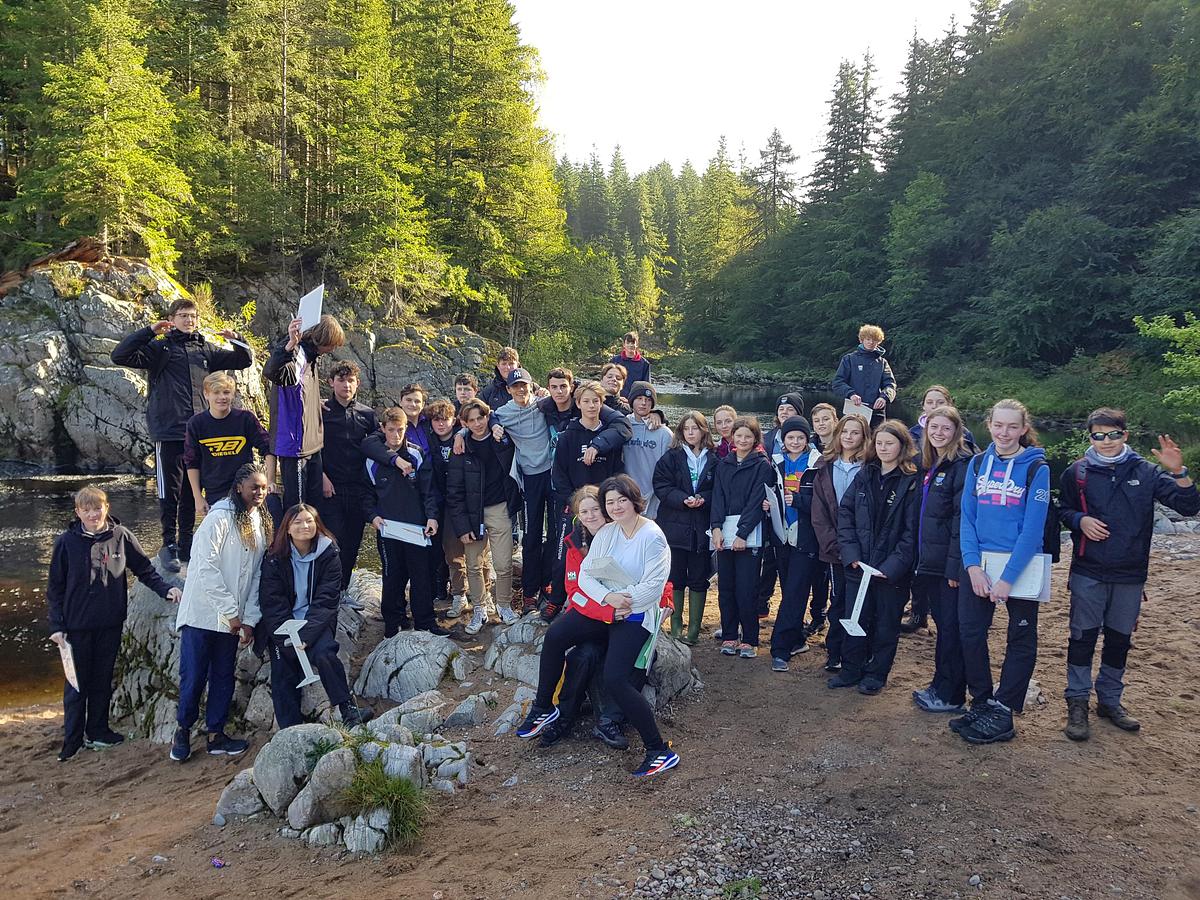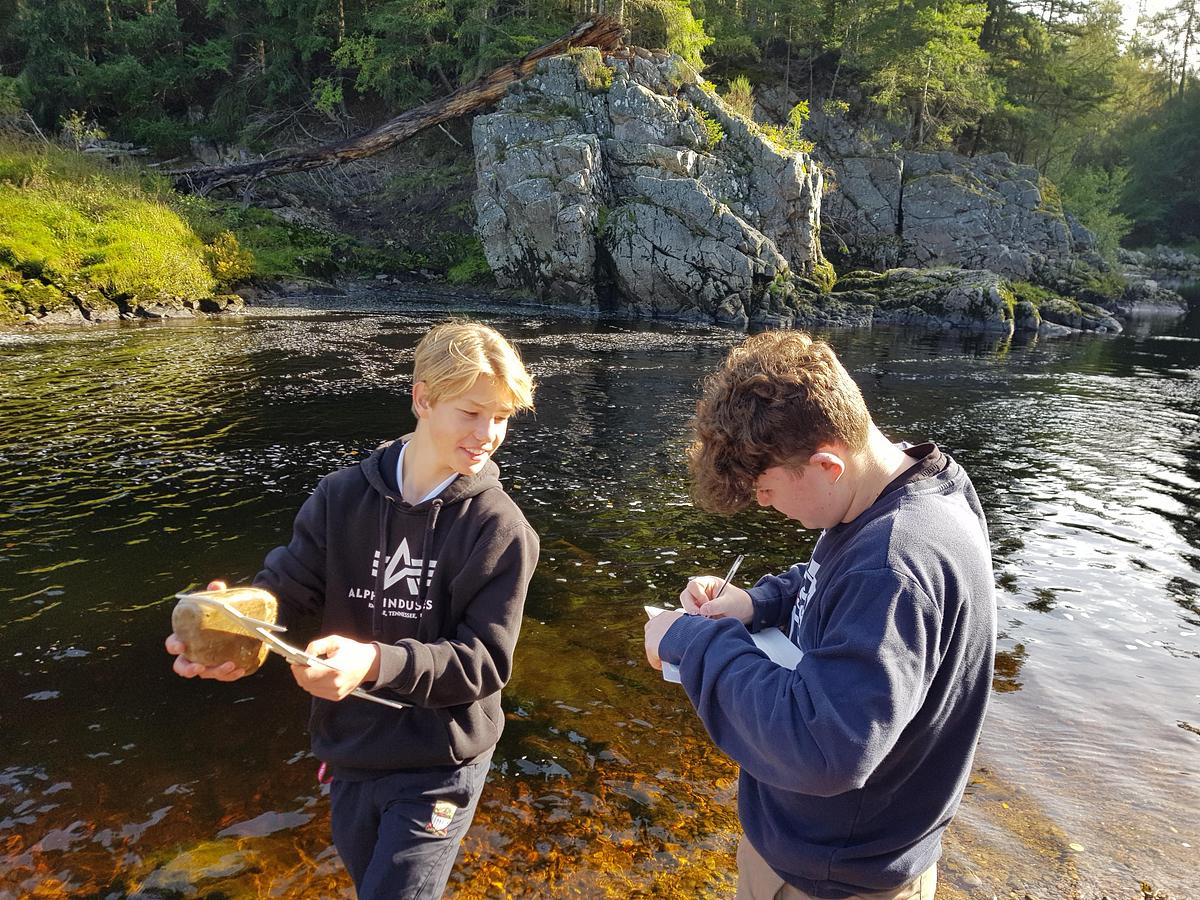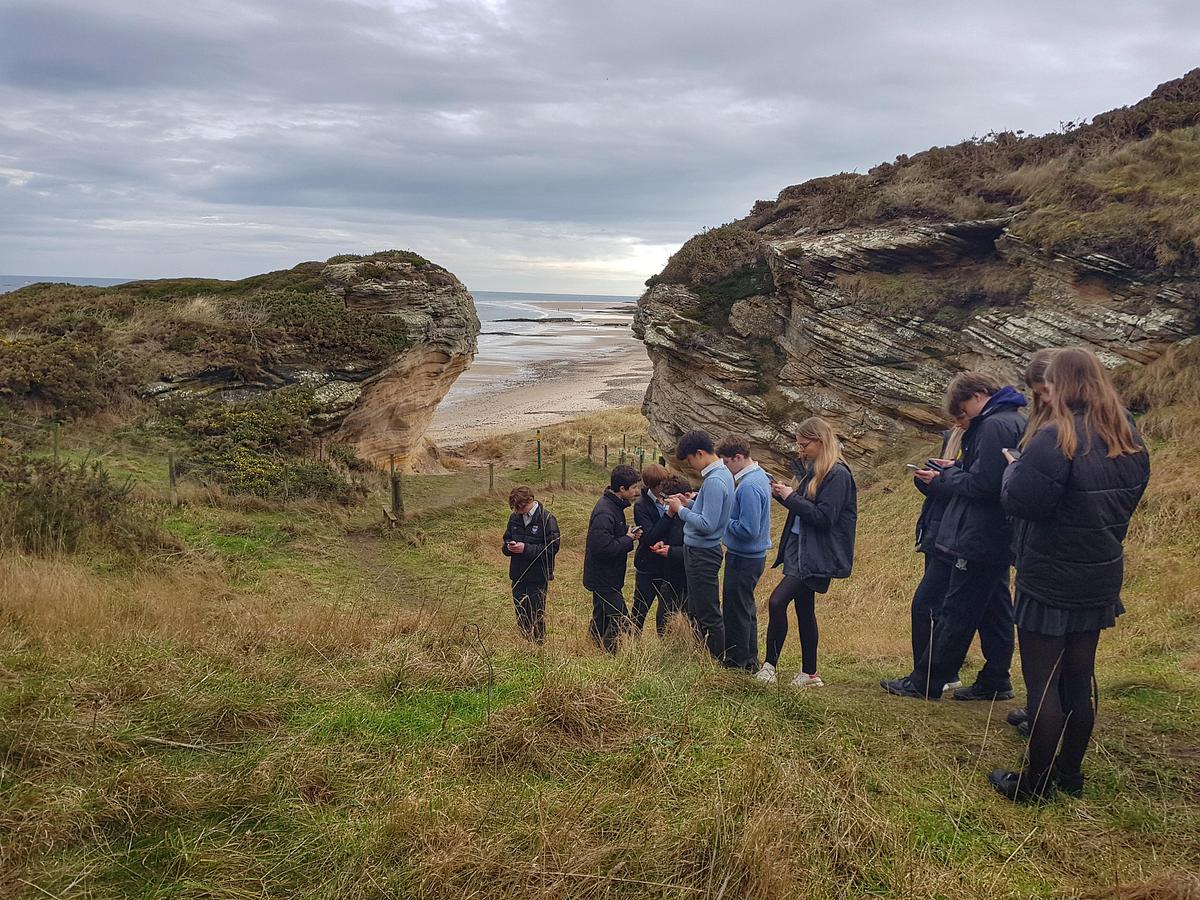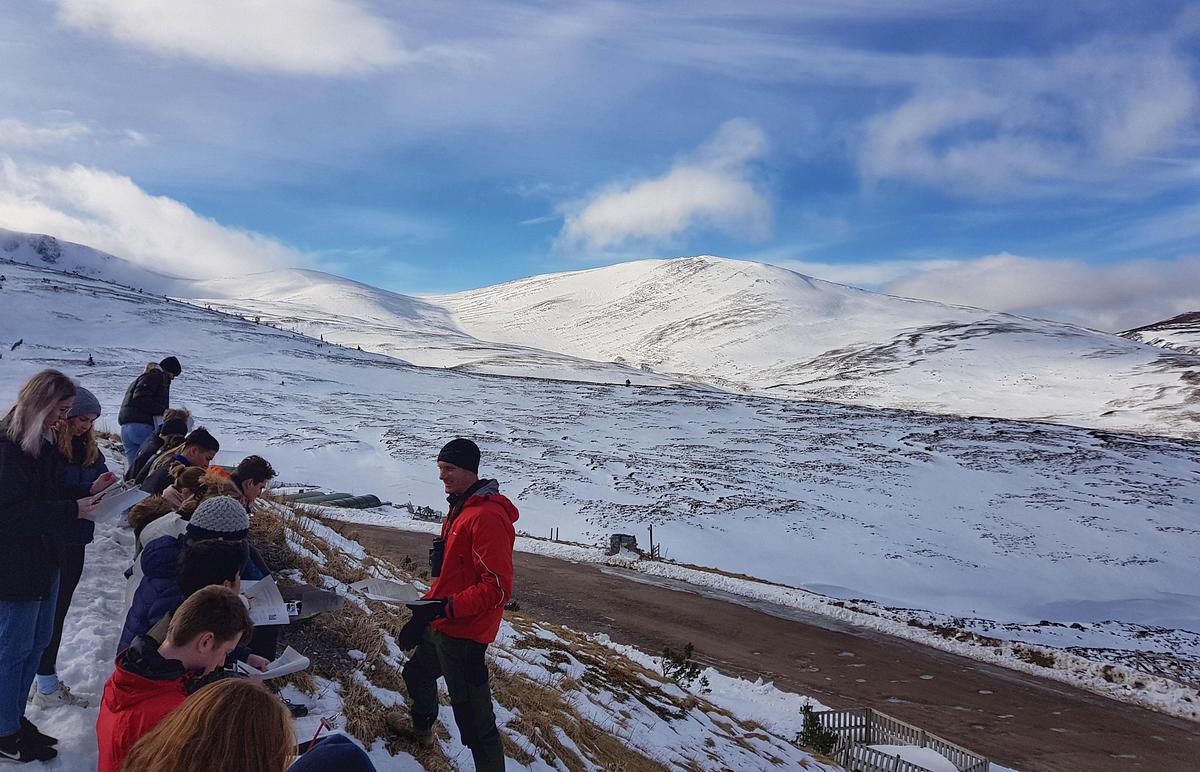Geography..... without a colouring pencil in sight
Geography..... without a colouring pencil in sight
By Alasdair Monteith, Head of Geography / Expedition Leader
.jpeg)

The Jurassic coast of Dorset and Exmouth, the craggy mountains of north Wales or the famous spit of Spurn Head have adorned Geography posters and textbooks for years. My bug bear is that the stunning and varied coastal landscape of the Moray Firth rarely gets a look in!

We are incredibly lucky at Gordonstoun to be situated between the mountains and the sea - Kurt Hahn’s 'best school master'- and as a geography department we need very little encouragement to visit them both as often as we can! The coastal landscape between Lossiemouth and Burghead is incredibly varied and includes a superb selection of geomorphological processes in action and landforms that are so much better viewed in person than in a textbook. From the ‘Giant’s Trousers’ of Covesea, a sea stack, to the blowhole and caves of Cummingston, we really are spoiled for choice. Being so close to the coast means we can complete trips in a lesson just to see the features, whilst longer day trips enable us to carry out fieldwork investigations on the varying types of geology along the coast or how the landscape has eroded at different rates. We have been using GIS phone based data collection software recently to enable the students to gather real time data that can then be analysed using software such as ArcGIS back in the classroom.

Heading further afield, the River Findhorn winds its way down from its source in the Monadhliath mountains, flanked by remnants of ancient Caledonian forest, before joining the sea at Findhorn. With Year 10 we are able to take a trip along most of the middle course of the river, gathering data for use in the GCSE and seeing the varied formations carved out over hundreds of years. Finally, the Cairngorms has provided us with some of the best examples of post glacial landscapes in the UK. With Year 13 we visit the corries of the northern Cairngorms and periglacial landscape of the summits with their sorted stripes and solifluction lobes, before winding our way back to school and exploring the fluvial glacial influenced landscape of the Spey valley.
